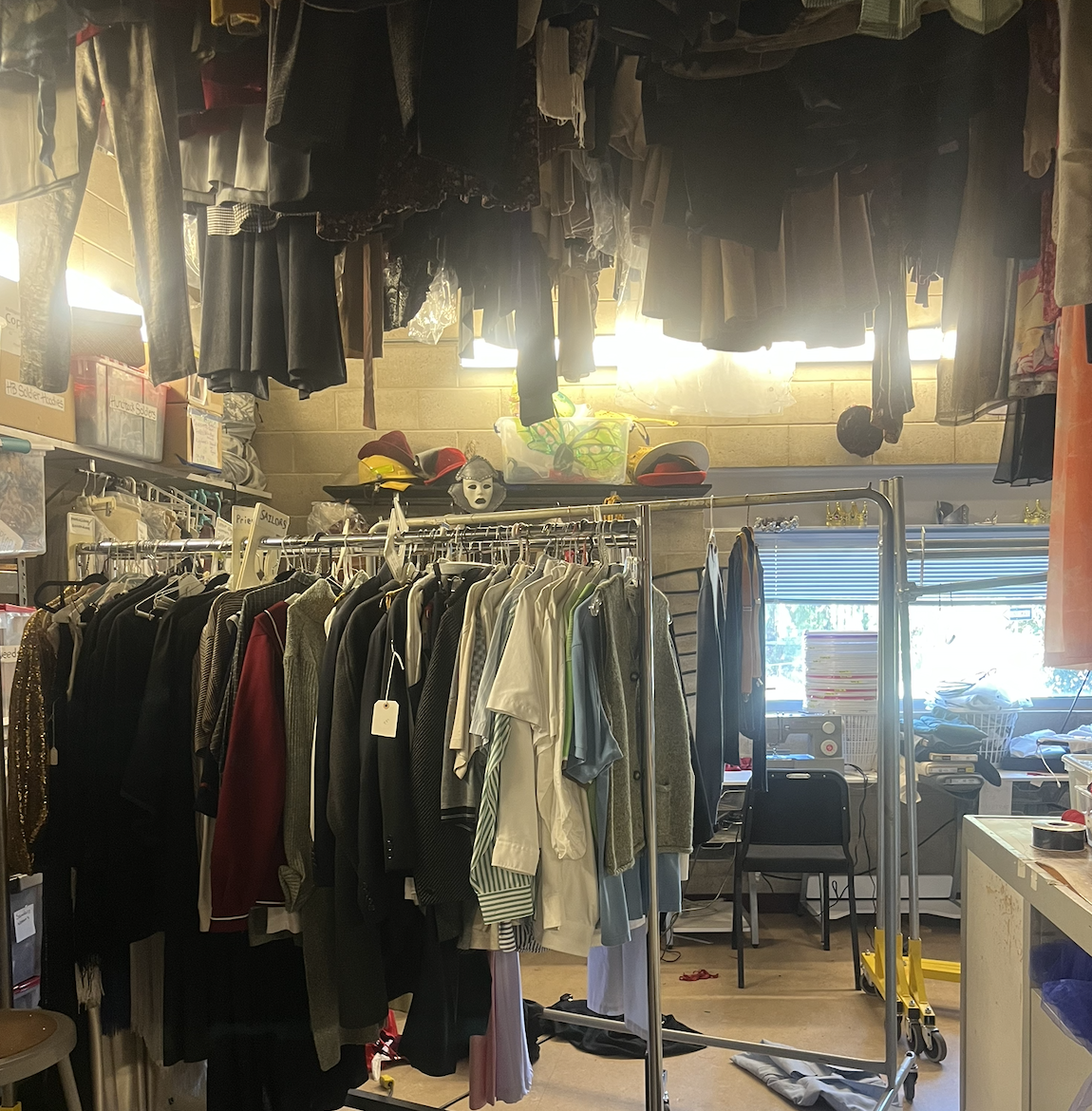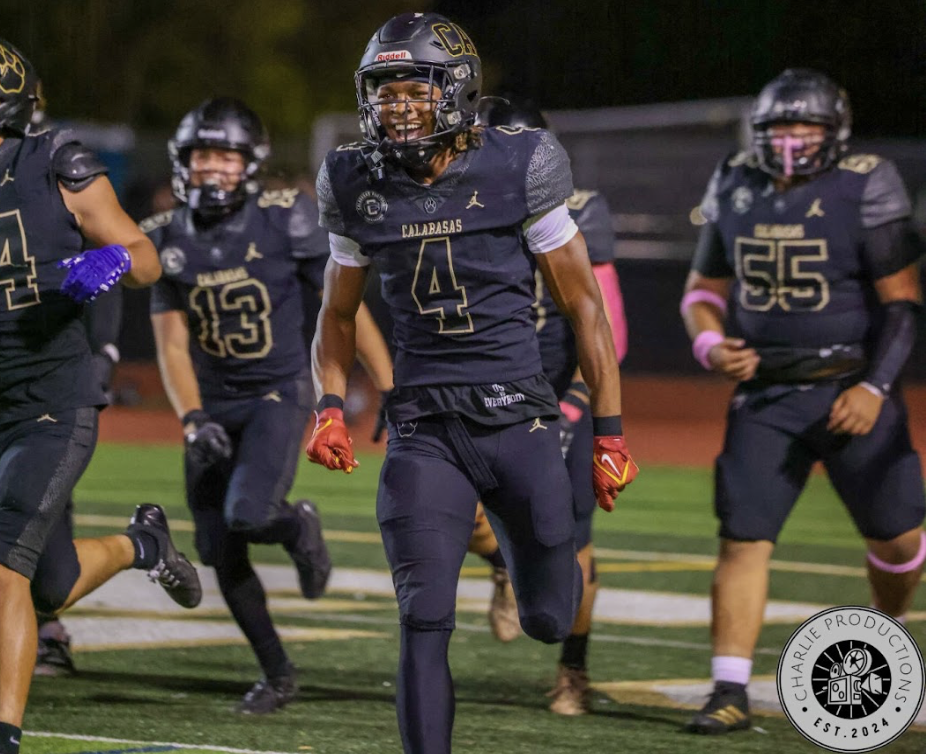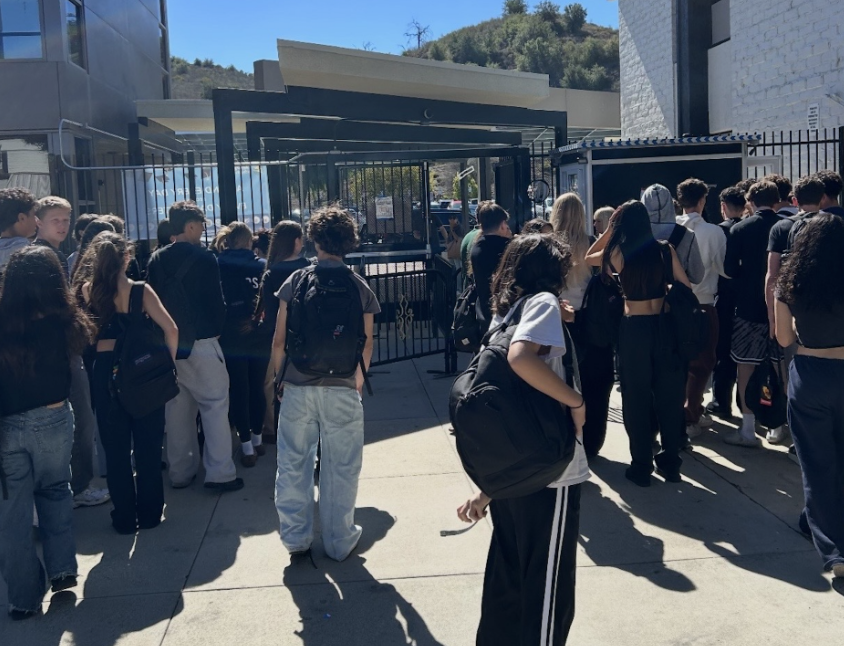Brand names once completely filled the hallways of high schools. From Nike swooshes to Supreme box logos, everyone seemed to wear the same mall-bought clothes that every other person had. Today, many students are stepping away from flashy labels and diving deep into secondhand fashion, from thrift stores to online shopping websites like Depop or Poshmark. The spike in this trend shows the shift in new, differing priorities of high schoolers and their fashion.
“Choosing thrifting allows me to explore more with my style. Using inexpensive and donated clothes makes me feel good about where I spend my money. It also lets me play around with my clothing more than shopping for basics at the mall. I think ditching name-brand clothing is about saving money to an extent, but I also think that it helps our environment and allows me to be more creative. It all makes a huge part of my identity,” explains Jayden Pollon, a junior at Agoura High School.
The environmental impact of fashion has become a much bigger issue over the years. According to the California Fashion Environmental Accountability Act (AB 405), the fashion sector contributes about 10% of global carbon emissions, comparable to the emissions from international aviation and maritime shipping combined. By increasing the life span of clothing, shopping secondhand offers an easy way to reduce waste while dressing uniquely. Thrift stores like Goodwill give back to charities, helping people and the environment.
“Thrifting helps the environment because it recycles clothing and gives them a second life instead of letting them go to waste,” said Sophia Goldstein, a Calabasas High School junior.
Across social media, thrift hauls have gone viral, promoting thrifting all around the world. Instead of spending hundreds at stores, people now discover unique pieces and are inspiring teens to find one-of-a-kind clothing. Thrifting isn’t just about fashion; it plays a huge role in taking care of the planet. Platforms like TikTok and Instagram have turned thrifting into a huge trend.
“Thrifting videos pop up all over your feed,” said CHS senior Ava Tzour. “They make more people want to try it.”
But for many teens, it’s not just about saving money; it’s about creativity.
“Thrifting lets you show off your unique style,” said Goldstein. “You can find pieces that nobody else has and make them your own.”
For many students, the appeal of thrifting comes from finding a piece that “no one else has.”
El Camino High School senior, Violet Hardacer, said, “I choose thrifting because it provides a wider variety of clothes that have more character than the repetitive and unexciting selection that the mall has. I do think ditching brand names makes a larger statement than just saving money. It shows appreciation for higher-quality clothes as well as allowing greater self-expression. I think finding something while thrifting or buying something secondhand is a very conscious choice, unlike finding something brand new at the mall that you have already been suggested to buy.”
Online platforms that offer reselling options, such as Depop, have pushed this trend through the roof. The app offers people all over the world, predominantly teens and young adults, a social, creative space to sell and buy clothing. Since its launch in 2011, Depop has grown to over 30 million users worldwide, mixing social media with clothing resale and creating a community around thrifted fashion and style.
Beyond cost benefits, teens report that thrifting encourages experimentation. With inexpensive, often one-of-a-kind pieces, high school students can mix styles, try new clothing trends, and build an incredibly personal wardrobe. From one person’s trash to another person’s treasure, to the digital fashion wormhole on Depop, the style of high school students is changing. Brand names and the local mall still stand, but for some students, the individuality, creativity, and sustainability thrifting offers is taking the spotlight.










